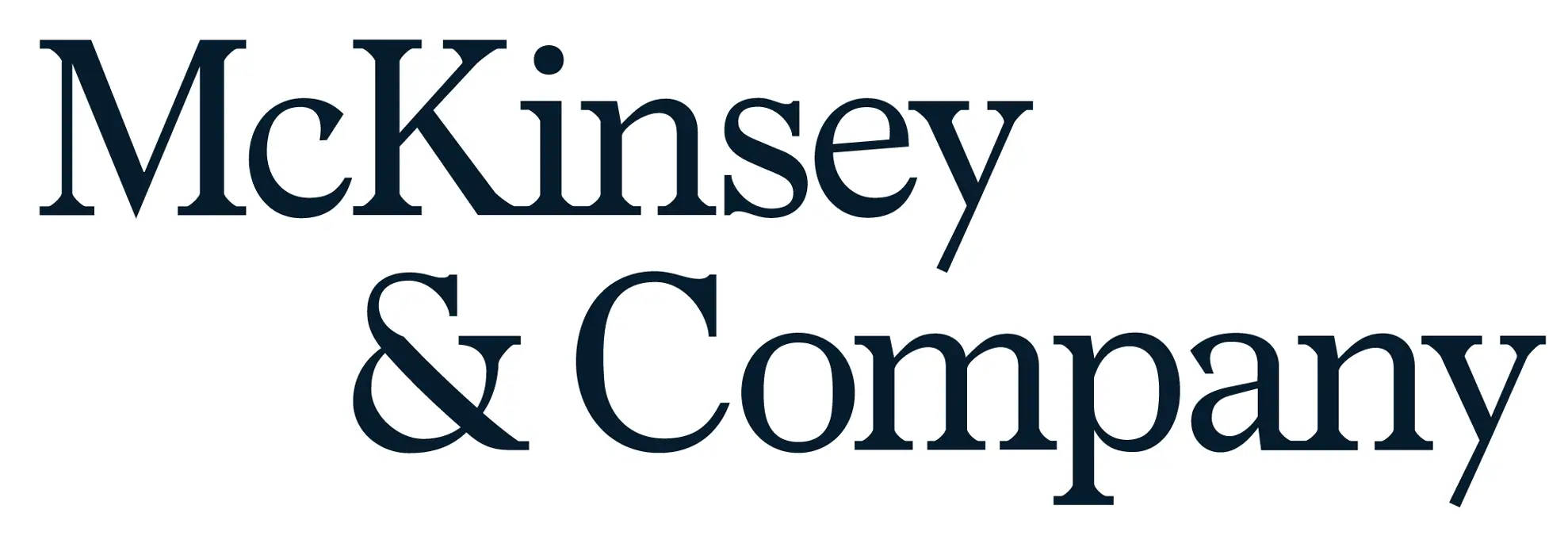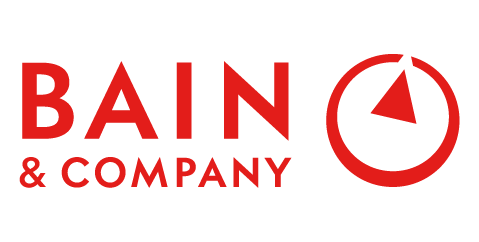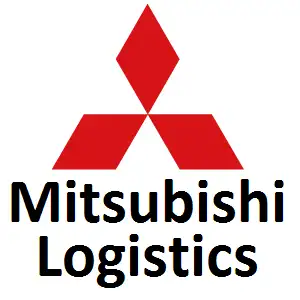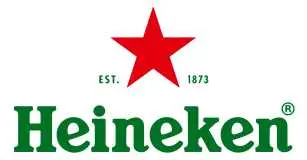
North America Connected Car Market Growth, Size, Trends, Share, Revenue and Future Outlook
North America Connected Car Market Size- By Technology Type, By Application Type, By Connectivity Type, By Vehicle Type- Regional Outlook, Competitive Strategies and Segment Forecast to 2033
| Published: Dec-2023 | Report ID: AMIN23199 | Pages: 1 - 153 | Formats*: |
| Category : Automotive & Transportation | |||
- Ford Motor Company introduced the next-generation Ford F23 Super Duty pickup truck, which comes standard with Ford Pro's suite of software and services designed to help maximize uptime, accelerate productivity, and reduce total cost of ownership.
- Mercedes-Benz declared that it will be incorporating the Snapdragon Automotive Connectivity Platforms and Snapdragon Digital Chassis solutions from Qualcomm into its passenger cars.
-009062826122023.jpg)
-009062326122023.jpg)
| Report Metric | Details |
| Market size available for years | 2019-2033 |
| Base year considered | 2022 |
| Forecast period | 2023-2033 |
| Segments covered | By Technology Type, By Application Type, By Connectivity Type, By Vehicle Type |
| Regions covered | Eastern Region, Western Region, Southern Region, Northern Region |
| Companies Covered | Audi AG, BMW AG, Ford Motor Company, General Motors, Honda Motor Co., Hyundai Kia Automotive Group, Jaguar Land Rover Limited, Mercedes-Benz AG, Nissan Motor Co. Ltd, Stellantis NV, Tesla Inc., Toyota Motor Corp., Volkswagen AG, Others |
- Automobile Manufacturers
- Technology Providers
- Telecommunication Companies
- Software Developers
- Automotive Component Suppliers
- Regulatory Authorities
- Insurance Companies
| By Technology Type: |
|
| By Application Type: |
|
| By Connectivity Type: |
|
| By Vehicle Connectivity Type: |
|
| By Vehicle Type: |
|
- North America Connected Car Market Size (FY’2023-FY’2033)
- Overview of North America Connected Car Market
- Segmentation of North America Connected Car Market By Technology Type (5G, 4G/LTE, 3G, 2G)
- Segmentation of North America Connected Car Market By Application Type (Driver Assistance, Telematics, Infotainment, Others)
- Segmentation of North America Connected Car Market By Connectivity Type (Integrated, Embedded, Tethered)
- Segmentation of North America Connected Car Market By Vehicle Connectivity Type (V2 Vehicle, V2 Infrastructure, V2 Pedestrian)
- Segmentation of North America Connected Car Market By Vehicle Type (Passenger Cars, Commercial Vehicles)
- Expansion Analysis of North America Connected Car Market
- Problems and Obstacles in North America Connected Car Market
- Competitive Landscape in the North America Connected Car Market
- Impact of COVID-19 and Demonetization on North America Connected Car Market
- Details on Current Investment in North America Connected Car Market
- Competitive Analysis of North America Connected Car Market
- Prominent Players in the North America Connected Car Market
- SWOT Analysis of North America Connected Car Market
- North America Connected Car Market Future Outlook and Projections (FY’2023-FY’2033)
- Recommendations from Analyst
1.1. Scope of the report1.2. Market segment analysis
2.1. Research data source
2.1.1. Secondary Data2.1.2. Primary Data2.1.3. SPER’s internal database2.1.4. Premium insight from KOL’s
2.2. Market size estimation
2.2.1. Top-down and Bottom-up approach
2.3. Data triangulation
4.1. Driver, Restraint, Opportunity and Challenges analysis
4.1.1. Drivers4.1.2. Restraints4.1.3. Opportunities4.1.4. Challenges
4.2. COVID-19 Impacts of the North America Connected Car Market
5.1. SWOT Analysis
5.1.1. Strengths5.1.2. Weaknesses5.1.3. Opportunities5.1.4. Threats
5.2. PESTEL Analysis
5.2.1. Political Landscape5.2.2. Economic Landscape5.2.3. Social Landscape5.2.4. Technological Landscape
5.2.5. Environmental Landscape5.2.6. Legal Landscape
5.3. PORTER’s Five Forces
5.3.1. Bargaining power of suppliers5.3.2. Bargaining power of buyers5.3.3. Threat of Substitute5.3.4. Threat of new entrant5.3.5. Competitive rivalry
5.4. Heat Map Analysis
6.1. North America Connected Car Market Manufacturing Base Distribution, Sales Area, Product Type6.2. Mergers & Acquisitions, Partnerships, Product Launch, and Collaboration in North America Connected Car Market
7.1. North America Connected Car Market Value Share and Forecast, By Technology Type, 2023-20337.2. 5G7.3. 4G/LTE7.4. 3G7.5. 2G
8.1. North America Connected Car Market Value Share and Forecast, By Application Type, 2023-20338.2. Driver Assistance8.3. Telematics8.4. Infotainment8.5. Others
9.1. North America Connected Car Market Value Share and Forecast, By Connectivity Type, 2023-20339.2. Integrated9.3. Embedded9.4. Tethered
10.1. North America Connected Car Market Value Share and Forecast, By Connectivity Type, 2023-203310.2. V2 Vehicle10.3. V2 Infrastructure10.4. V2 Pedestrian
11.1. North America Connected Car Market Value Share and Forecast, By Vehicle Type, 2023-203311.2. Passenger Cars11.3. Commercial Vehicles
12.1. North America Connected Car Market Size and Market Share
13.1. North America Connected Car Market Size and Market Share By Technology Type (2019-2026)13.2. North America Connected Car Market Size and Market Share By Technology Type (2027-2033)
14.1. North America Connected Car Market Size and Market Share By Application Type (2019-2026)14.2. North America Connected Car Market Size and Market Share By Application Type (2027-2033)
15.1. North America Connected Car Market Size and Market Share By Connectivity Type (2019-2026)15.2. North America Connected Car Market Size and Market Share By Connectivity Type (2027-2033)
16.1. North America Connected Car Market Size and Market Share By Vehicle Connectivity Type (2019-2026)16.2. North America Connected Car Market Size and Market Share By Vehicle Connectivity Type (2027-2033)
17.1. North America Connected Car Market Size and Market Share By Vehicle Type (2019-2026)17.2. North America Connected Car Market Size and Market Share By Vehicle Type (2027-2033)
18.1. North America Connected Car Market Size and Market Share By Region (2019-2026)18.2. North America Connected Car Market Size and Market Share By Region (2027-2033)18.3. Eastern Region18.4. Western Region18.5. Southern Region18.6. Northern Region
19.1. Audi AG
19.1.1. Company details19.1.2. Financial outlook19.1.3. Product summary19.1.4. Recent developments
19.2. BMW AG
19.2.1. Company details19.2.2. Financial outlook19.2.3. Product summary19.2.4. Recent developments
19.3. Ford Motor Company
19.3.1. Company details19.3.2. Financial outlook19.3.3. Product summary19.3.4. Recent developments
19.4. General Motors
19.4.1. Company details19.4.2. Financial outlook19.4.3. Product summary19.4.4. Recent developments
19.5. Honda Motor Co.
19.5.1. Company details19.5.2. Financial outlook19.5.3. Product summary19.5.4. Recent developments
19.6. Hyundai Kia Automotive Group
19.6.1. Company details19.6.2. Financial outlook19.6.3. Product summary19.6.4. Recent developments
19.7. Jaguar Land Rover Limited
19.7.1. Company details19.7.2. Financial outlook19.7.3. Product summary19.7.4. Recent developments
19.8. Mercedes-Benz AG
19.8.1. Company details19.8.2. Financial outlook19.8.3. Product summary19.8.4. Recent developments
19.9. Nissan Motor Co. Ltd
19.9.1. Company details19.9.2. Financial outlook19.9.3. Product summary19.9.4. Recent developments
19.10. Stellantis NV
19.10.1. Company details19.10.2. Financial outlook19.10.3. Product summary19.10.4. Recent developments
19.11. Tesla Inc.
19.11.1. Company details19.11.2. Financial outlook19.11.3. Product summary
19.11.4. Recent developments
19.12. Toyota Motor Corp.
19.12.1. Company details19.12.2. Financial outlook19.12.3. Product summary19.12.4. Recent developments
19.13. Volkswagen AG
19.13.1. Company details19.13.2. Financial outlook19.13.3. Product summary19.13.4. Recent developments
19.14. Others
SPER Market Research’s methodology uses great emphasis on primary research to ensure that the market intelligence insights are up to date, reliable and accurate. Primary interviews are done with players involved in each phase of a supply chain to analyze the market forecasting. The secondary research method is used to help you fully understand how the future markets and the spending patterns look likes.
The report is based on in-depth qualitative and quantitative analysis of the Product Market. The quantitative analysis involves the application of various projection and sampling techniques. The qualitative analysis involves primary interviews, surveys, and vendor briefings. The data gathered as a result of these processes are validated through experts opinion. Our research methodology entails an ideal mixture of primary and secondary initiatives.
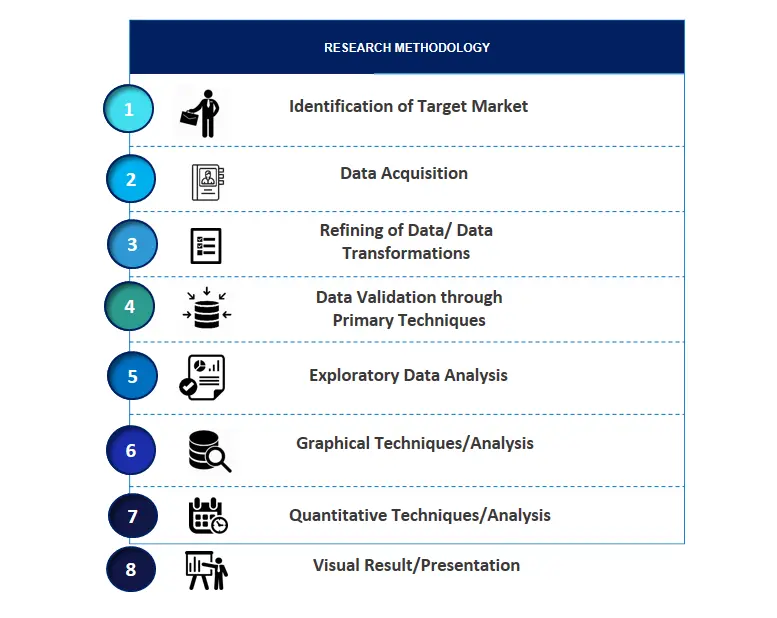
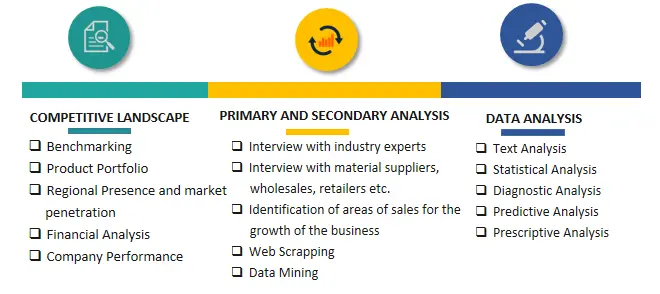

Frequently Asked Questions About This Report
PLACE AN ORDER
Year End Discount
Sample Report
Pre-Purchase Inquiry
NEED CUSTOMIZATION?
Request CustomizationCALL OR EMAIL US
100% Secure Payment






Related Reports
Our Global Clients
Our data-driven insights have influenced the strategy of 200+ reputed companies across the globe.






